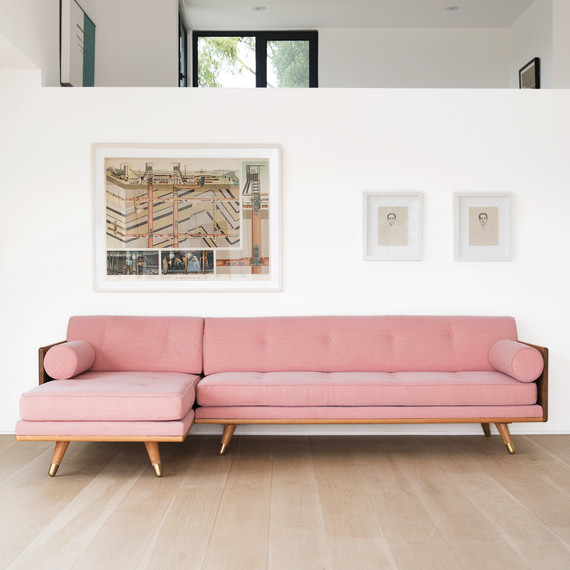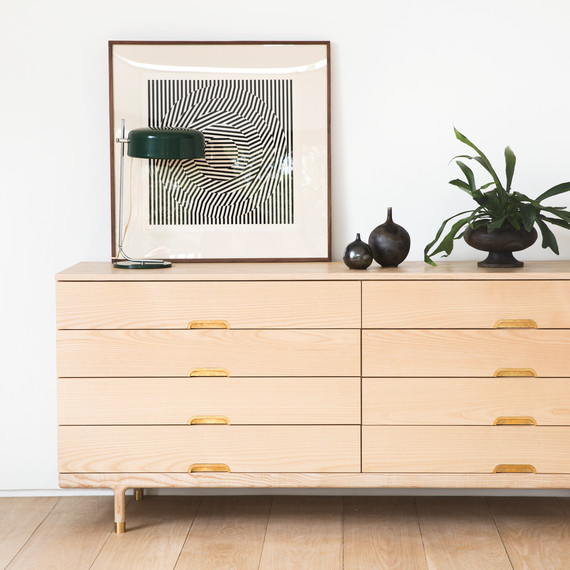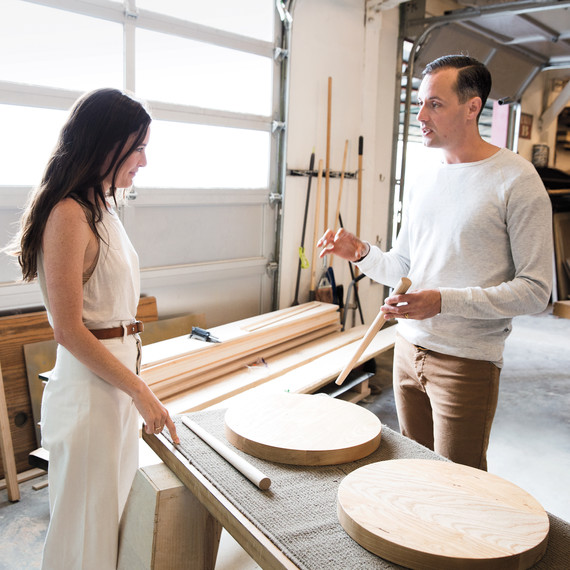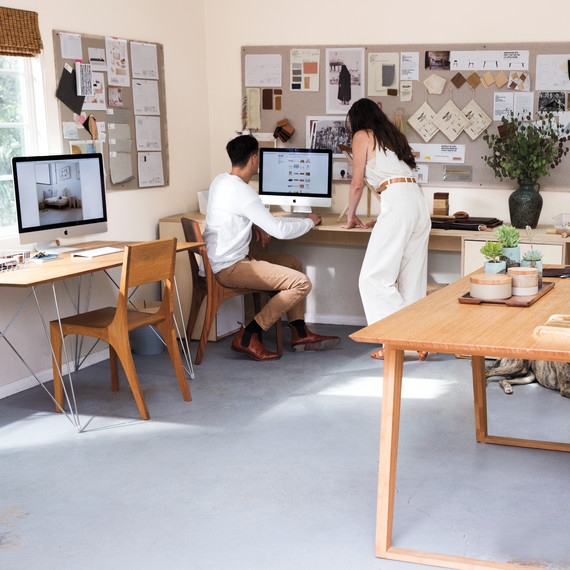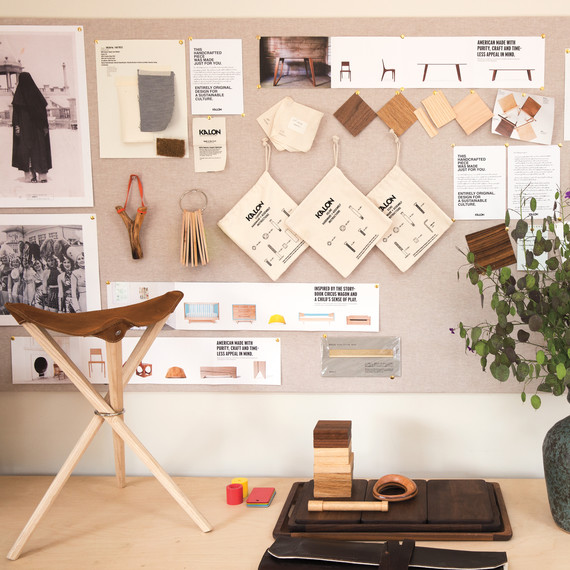
Kalon Studios, 2014 Design Winner. Michaele Simmering and Johann Pauwen. Los Angeles, CA. Kalonstudios.com. Their contemporary furniture is designed in California and sustainably made by hand.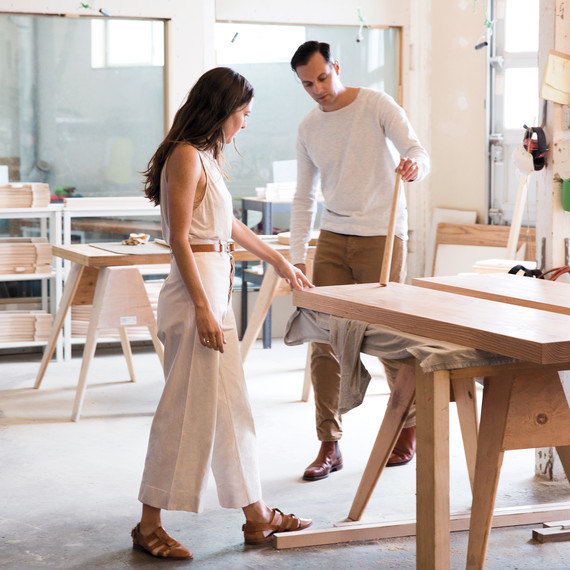
Michaele Simmering and Johann Pauwen had recently moved to Los Angeles in 2006 and were expecting their first child. They needed furniture, and couldn’t find anything that fit their design aesthetic and environmental ethics. Pauwen has a degree in industrial design from the Rhode Island School of Design, so, with a lot of input from Simmering, he started sketching out a few pieces. At the same time, they were hoping to find work that would allow them to spend more time at home while raising their family. Encouraged by the craftsmen who were helping to make their furniture, and sensing a void in the marketplace, they launched their company, Kalon, in 2007. “It comes from a very practical need in our lives,” says Simmering.
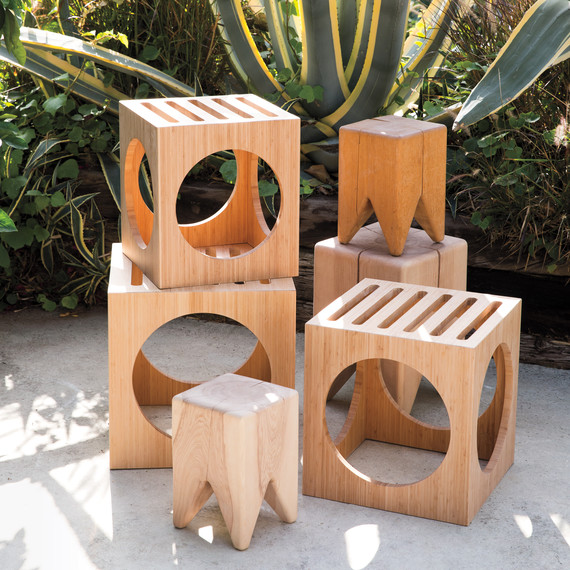
But Kalon is about more than just making furniture. Sustainability is the guiding principle of their business—and their lives. “When we were starting out, we felt there was a gap between sustainable and well-designed furniture. We didn’t think they had to be mutually exclusive,” says Simmering. Every detail, from the furniture down to the kind of paper they use for printed matter, is bound by the couple’s environmental values. “We believe that business ethics, design aesthetics, and quality of materials don’t have to be compromised,” she says. They use only materials that are biodegradable, nontoxic, and food-safe. They strive for production that is low-waste and low-energy. And their furniture is anything but disposable: The heirloom-quality nursery furniture is built to grow with the child, and everything is crafted to last. Responsibility and local manufacturing go hand in hand: “We believe that sustainability is about giving as much as you take. That’s why American manufacturing is so important to us,” Simmering says.
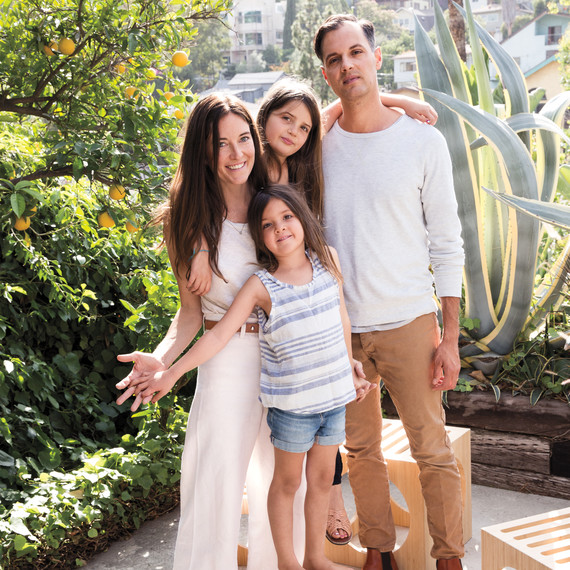
Eight years after they began, their collection continues to evolve. They have added items out of necessity, such as a crib when they were expecting another baby, and a sofa when they moved into their new home. “One of us will say, ‘Wouldn’t it be cool if . . . ?’” says Pauwen. And then the conversation begins. The two talk through an idea, “going back and forth, anywhere from five minutes to several weeks,” he says. Then they make an initial sketch before Pauwen builds a virtual 3-D model on the computer. “By the time we get to the prototype phase, the design is basically done,” says Simmering. At that point, Pauwen works closely with the factory on production, while Simmering, a former freelance writer with an M.F.A. in creative writing, focuses on marketing.
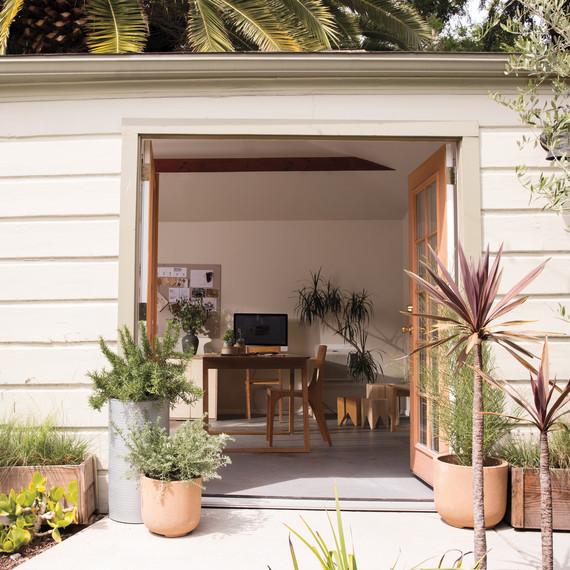
Now that their daughters are older (ages nine and six) and their business has grown, they are able to plan on a larger scale. Kalon is bringing out new designs at a steady rate, including an upholstered series with a sectional, sofa, and chaise, as well as a bedroom set. For each piece introduced, the new materials are thoroughly researched “to make sure that they meet not just industry standards of sustainability but our own,” says Pauwen. Sometimes that means rejecting what the couple originally wanted in favor of something else. “We are as transparent as possible, because we both so earnestly want to create a product that our customers can completely trust,” says Simmering.
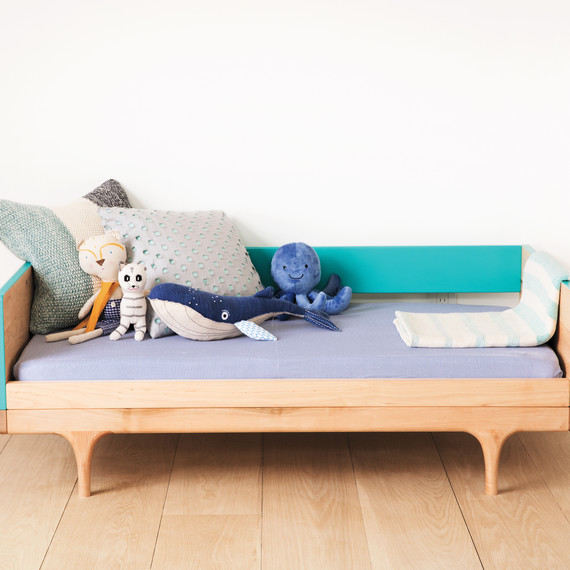
Yet like any small business, Kalon faces challenges. One continual struggle is the loss of woodworking factories in the U.S. They are hoping to reverse that trend by opening their own factory in the future for like-minded companies that are interested in manufacturing high-quality, sustainable goods domestically. “Every year something comes up that I feel could put us out of business, and I think maybe we should just stop,” says Simmering. “But then I think about what I would do. And the answer is always just this: I would do the same thing again.”
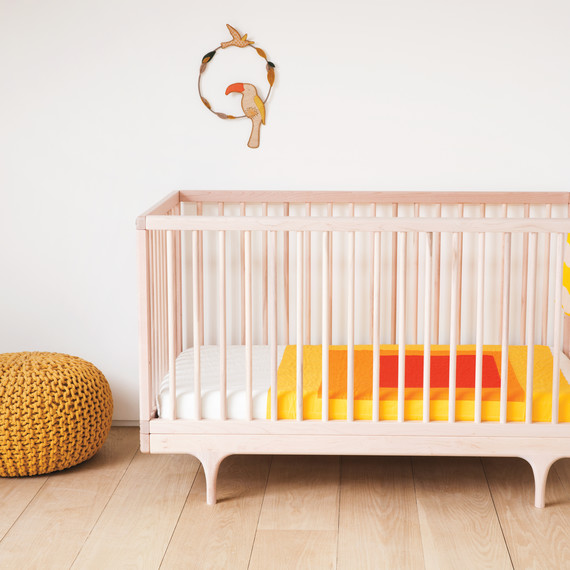
“We are impressed with Kalon’s dedication to sustainability. We appreciate experiencing the evolution of its distinctive design point of view.”
—Eric Pike, design judge
